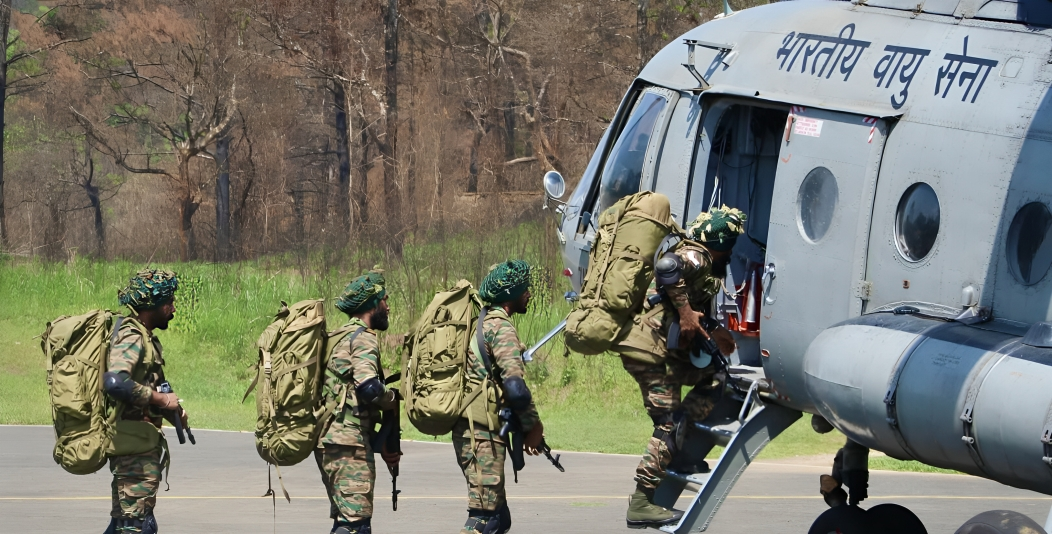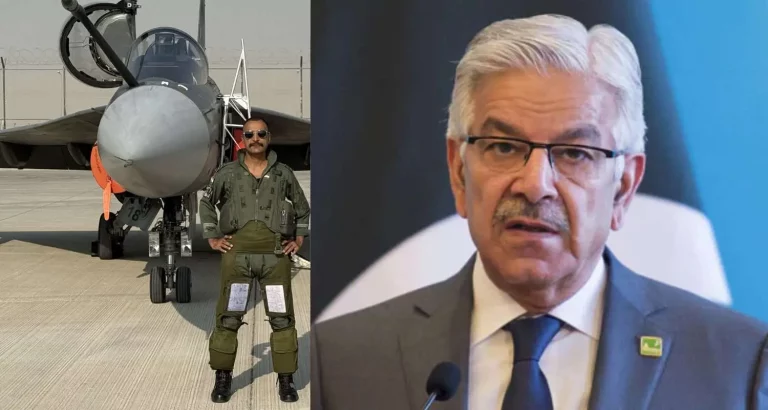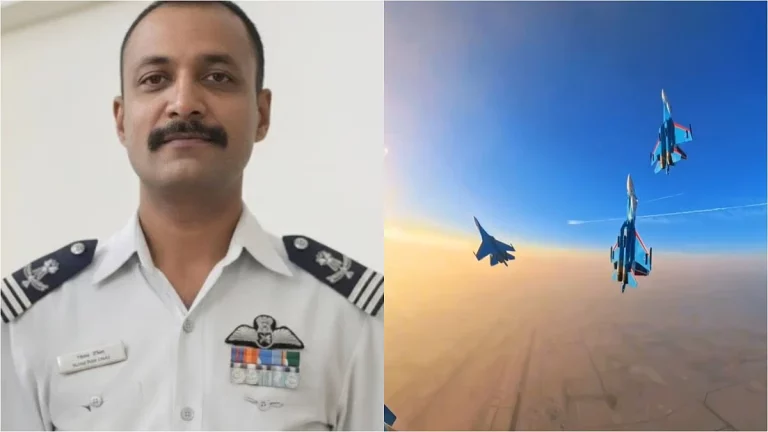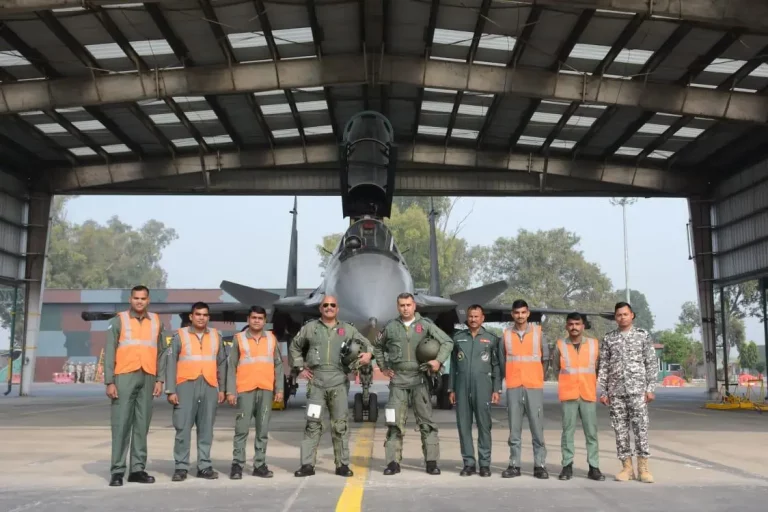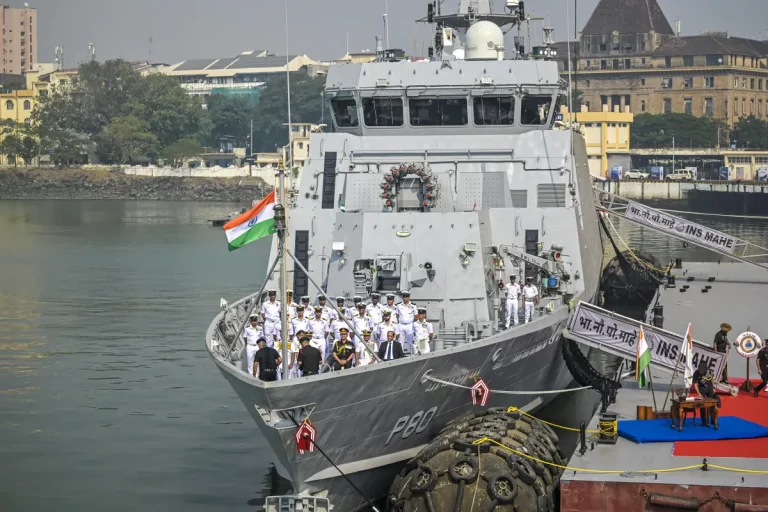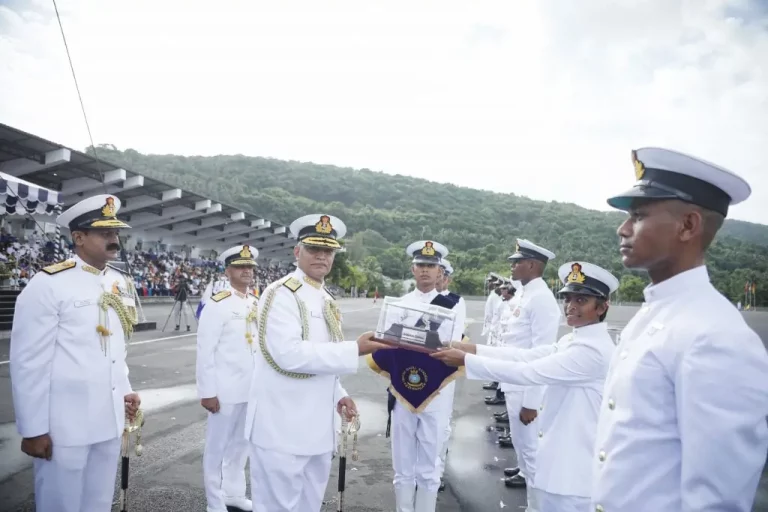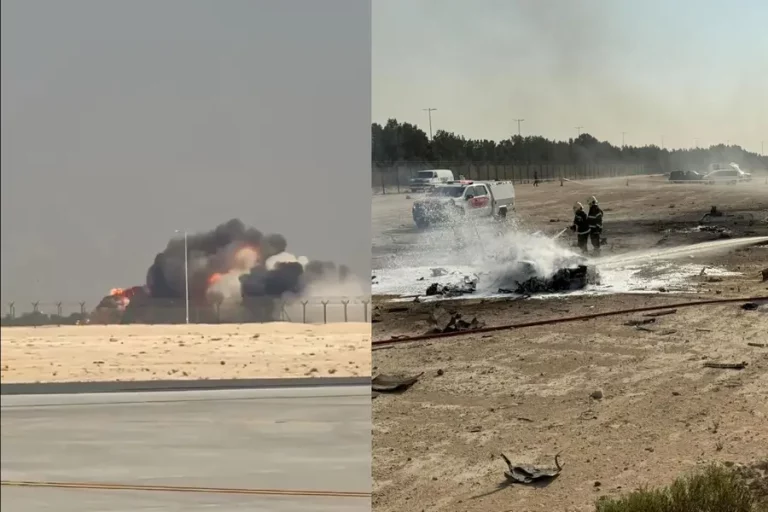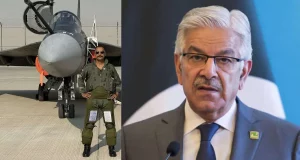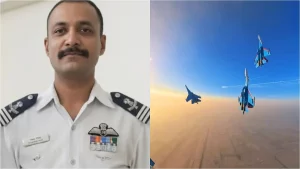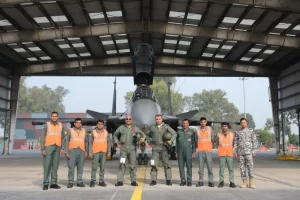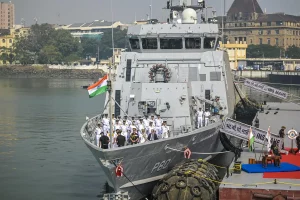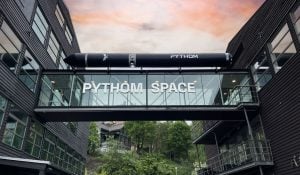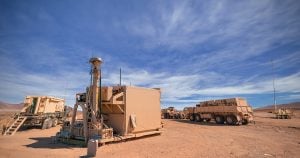In a significant display of military coordination and readiness, the Indian Army’s Gajraj Corps and the Indian Air Force conducted a Special Heliborne Operations (SHBO) exercise at the Umroi Military Station in Assam. This exercise highlighted the effective collaboration between the two forces, showcasing their capability to execute rapid troop deployments and reinforce combat preparedness in the strategically crucial eastern sector.
The training drill involved elite troops from the Gajraj Corps, based in Tezpur, being airlifted by IAF helicopters for immediate insertion into designated operational zones. Dressed in advanced combat gear, the soldiers engaged in high-precision tasks, which included airborne insertion, tactical coordination on the ground, and simulated confrontations with enemy forces. This exercise served to underscore the operational synergy between airborne and ground units, particularly in challenging terrains and high-intensity scenarios.
The SHBO is part of a broader pattern of integrated military exercises in the region, following notable events such as Exercise Yudh Kaushal 2.0 held in March 2025 at the same site, which involved collaboration with the Indian Institute of Technology Guwahati for technological enhancements in military operations. Additionally, the recent Exercise Winged Raider, which focused on airborne special operations, was attended by prominent military figures, including General Upendra Dwivedi and Air Chief Marshal AP Singh, further elevating the significance of such coordinated training methods.
The Gajraj Corps, which has a rich history stemming from its involvement in the 1971 Indo-Pak War and the subsequent liberation of Bangladesh, continues to be pivotal in India’s defense strategy in the northeastern region. Historically active in counter-insurgency operations like Operation Rhino in the 1990s, the corps is integral to addressing both conventional military threats and hybrid warfare scenarios today.
Military leaders have emphasized the critical importance of these exercises for maintaining strategic readiness across the northeastern states and Sikkim. The eastern frontier has a history of tensions, notably after the 1962 Sino-Indian War, making rapid force deployment essential in this sensitive area. The re-establishment of the Gajraj Corps following that conflict has been fundamental to shaping India’s modern defense posture in the east.
The SHBO exercise at Umroi exemplifies India’s evolving military doctrine, which places a premium on joint operations, rapid response capabilities, and technological integration. As regional and global security environments grow more intricate, such training initiatives help ensure that the Indian armed forces remain agile, cohesive, and ready to tackle emerging threats decisively.
